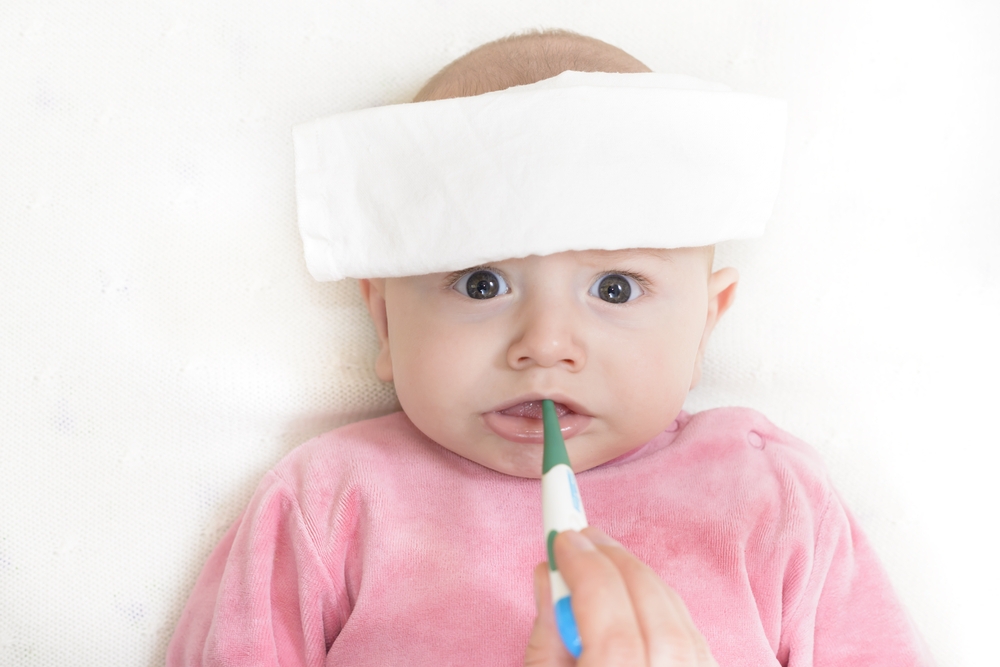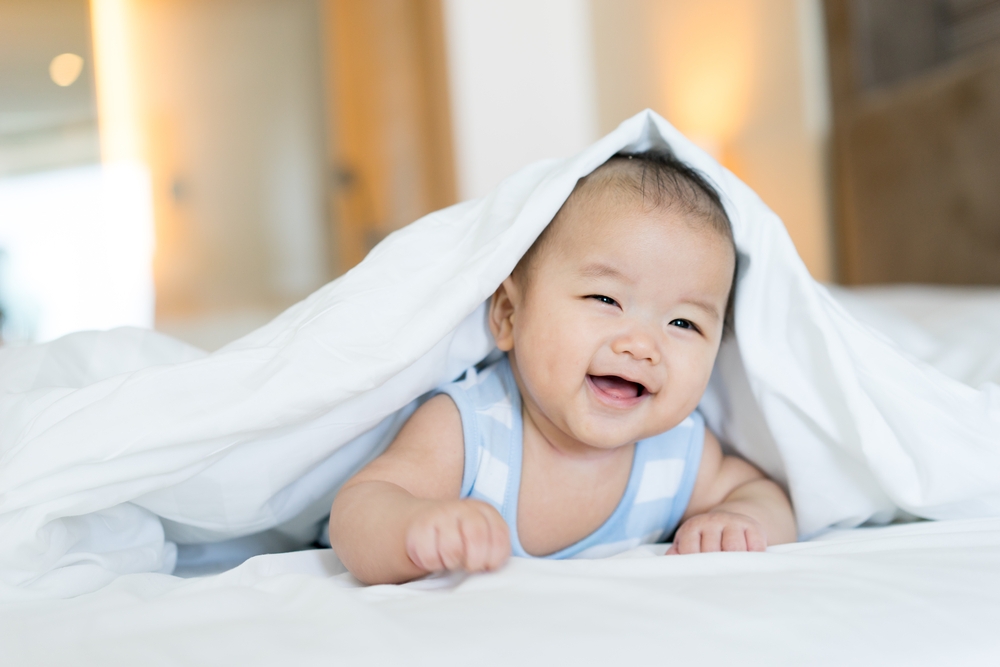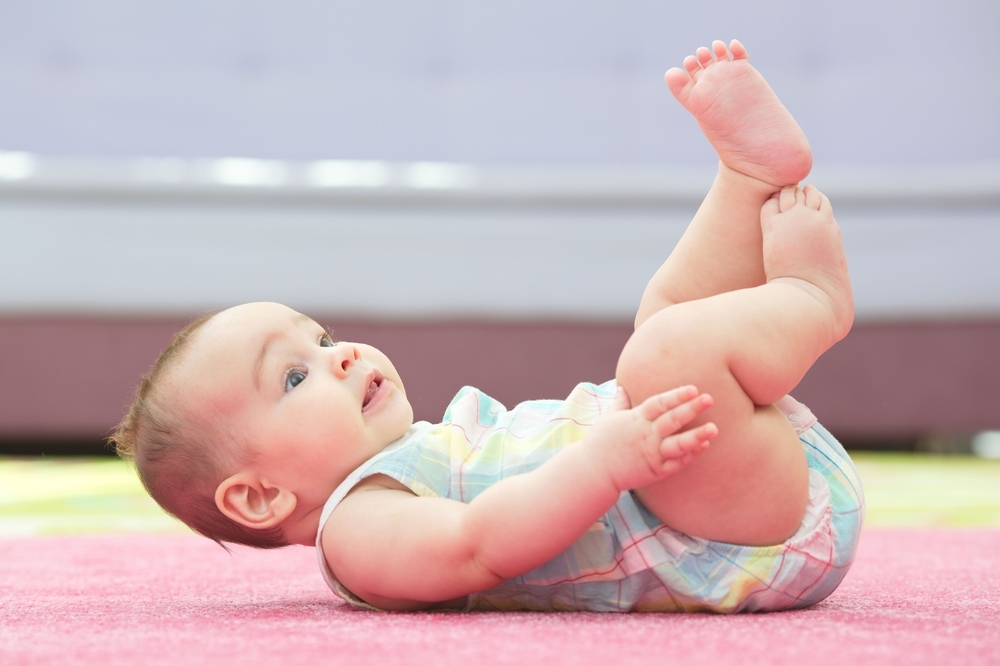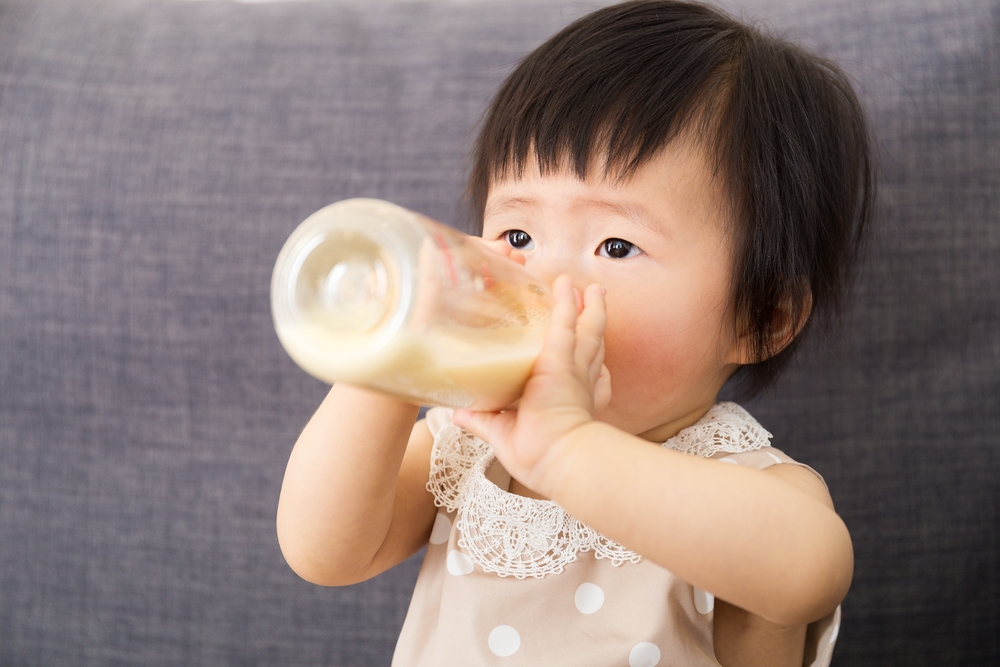
The temperature in many places has begun to rise these days, and sunny spring is coming.
However, many children have something [wrong]: they often rub their eyes, sneeze, runny nose and cough from time to time…
Is it a cold?
However, it has not improved for two or three weeks. I will recover from the cold.
Is it spring pollen allergy?
However, the child did not go out at home and did not touch the flowers and plants in what.
What the hell is going on? Don’t worry, Dr. Clove will explain it to you slowly.
Often clean, the home is not necessarily [clean]
If the baby often coughs, sneezes and even has a rash on his skin at home, then parents should be careful, there may be some [little bad guys] at home.
Who are these little villains? You can’t think of it-it’s [dust] in the room. They may float in the air or accumulate somewhere for a long time.
For example, the floor gap, the back of the wardrobe, the bottom of the sofa… these annoying dead corners, you know.
The dust is mixed with various allergens 1, such as dust mites, mold, pet dandruff, etc. As soon as people move and the wind blows, it is easy to enter children’s respiratory tract with the air.
Take dust mites as an example. The excreta of dust mites contain proteins different from those of human bodies. When our immune system encounters this [foreign molecule], it will [urgently respond] to produce antibodies, causing capillaries to dilate, blood vessel permeability to increase, and gland secretion to increase.
Specifically, you will see the baby sneezing, runny nose, rubbing eyes… In fact, allergens in the living environment are at work.

These 8 places, especially to be careful
Some precious mothers will have questions: [My home has really been cleaned very clean. I can’t see any dust. How can the baby still be allergic? ]
Come on, Dr. Clove, recall with you:
- What was the baby doing while you were sweeping the floor? Playing with plush toys; What was the baby doing while you were cooking and washing clothes? Crawling up and down the floor mat or sofa; What was the baby doing while you were making the bed and cleaning the table? Hide and seek around at home, behind curtains, under beds…
Then you think about it carefully, plush toys, sofas, floor mats, curtains, are these things really that clean?
Yes, many parts of the home are hotbeds of allergens:
- Bedding in the bedroom, such as bed sheets, pillows, blankets and mattresses; Floor carpet; Foam jigsaw puzzle; Curtains, fabric sofa; Plush toys for children; The bottom of furniture; In the bookcase, old books; Clothes and bedding that have not been aired for a long time.
For babies whose respiratory defense function has not yet been fully developed, once the allergen entrained in the dust contacts the skin or inhales into the respiratory tract, it may lead to allergic reactions. The baby has a nasal mucus and tears, coughing, and the parents are also very distressed.

To avoid allergy, ordinary cleaning is not enough.
Is it useful for me to clean the room every day?
Simple cleaning cannot completely remove dust.
Traditional sweeping and mopping of the floor will cause the dust deposited on the ground to be lifted into the air and then scattered everywhere, which cannot be completely removed. Allergens are still left in the home and hidden in the corner.
What about basking in the quilt? It happened that the weather was not bad, and those mites were killed in the sun!
Sorry, you are still too naive.
Legend has it that [the smell of sunshine after basking in the quilt is the smell of mite corpses], Dr. Clove wants to say, [biography] who is it! Why do you always mislead everyone?
The temperature of the sun does not kill all dust mites. Besides, the excrement of dust mites in the quilt is still there, which still cannot avoid allergy. The point is, a lot of excrement is concentrated in the mattress [in]. I believe most people should ignore the cleaning of the mattress.

Finally, Dr. Clove should remind that if the child has severe allergy and symptoms such as rash, dyspnea or vomiting and diarrhea, he must seek medical treatment immediately.
